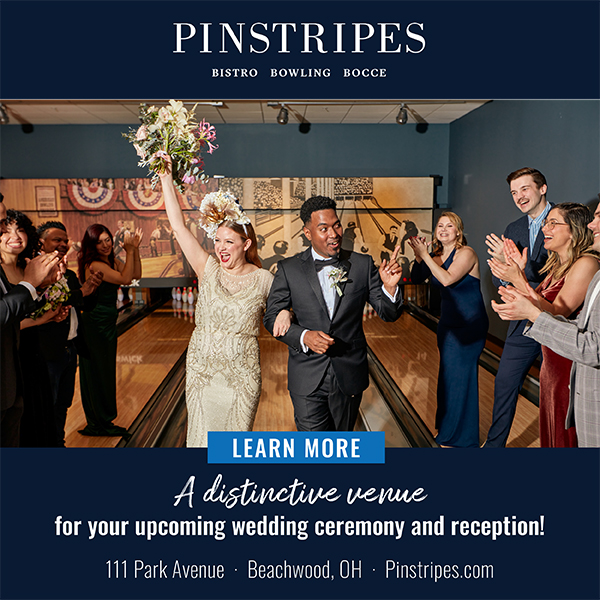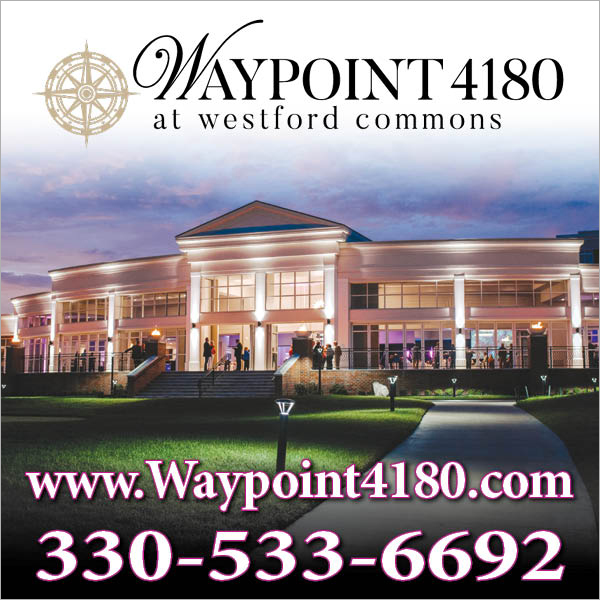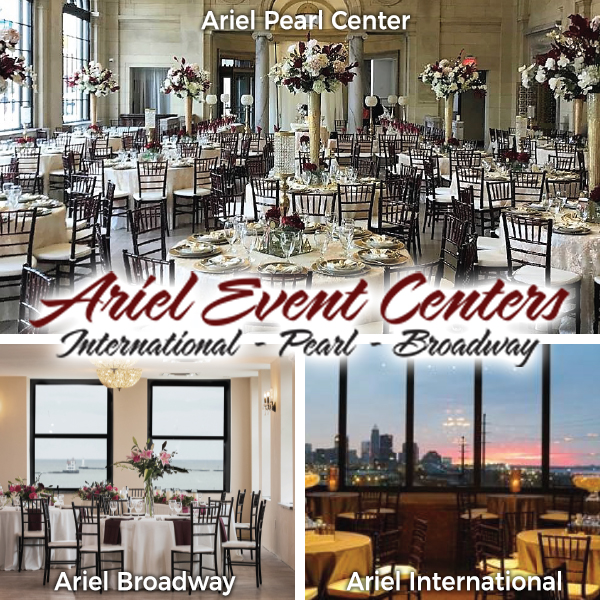Everything You Need To Know About Stationery
With the latest trends and all the new technology of today, it can be a little tricky trying to figure out every piece of stationery that you’ll want and need. There are many different options out there, but we have the scoop on what every little part means to help you find just the perfect fit!
Save-the-Date Cards
Save-the-date cards are a pre-invite that serves to announce that you picked your wedding date and that the guest will, in fact, be invited to the ceremony and reception. Save-the-date cards have become a new trend. You don’t have to send them; however, you may want to if you’re planning a destination wedding or it’s during peak travel and vacation times. Save-the-dates work great to help guests plan in advance on keeping your wedding date open and will increase chances of them attending your celebration. Just keep in mind that whoever you choose to send a save-the-date card to, you must send them an actual invitation later on; once these cards are sent, there is no turning back. But these cards can be fun and less formal than the actual invitations, as you can even customize them to include engagement pictures!
What’s in an invitation?
The Invite
The invite is meant to be the centerpiece of the whole set, as this is the most important part. It usually includes all the important information, such as who is hosting, who is getting married, time, date and the location of the ceremony. Not only is it the main attraction, but it also helps to set the tone for your wedding and helps to inform guests on which way they should dress, casual or formal. The invitation itself can be as personalized as you would like.
The Response Card
The point of a response card is to get a head count of everyone who is and isn’t coming to your wedding. Typically, a response card should include the following: RSVP deadline, accept and decline checkbox and a place for guests to write the names of who will be attending. Also, along with your response card, you should send a response envelope. It’s a nice gesture to have this envelope already addressed with postage; this way your guests can reply as soon as they get their invite.
Envelopes
There are two types of envelopes (other than a response envelope): inner and outer. The outer envelope is often more formal than the inner. The inner envelope holds your invitation, the response card, the response envelope and any other extra enclosures you choose to add. The traditional way to address this envelope is to include names of everyone you are inviting. If you plan to invite someone who is single and are inviting them to bring a guest, you can address them as “Alex & Guest.” However, if you are not inviting guests to bring dates themselves, address it to just them. The names on this envelope should be informal, whatever you would call them on a day to day basis. The outer envelope holds your inner envelope and all it includes. The way to address this envelope is rather formal, i.e., “Mr. & Mrs. Bob Smith / Street Address / City / State / Zip code.” To keep up with the formality, your return address should be printed on the back flap of the envelope. However, if you don’t want to worry with all these different types of envelopes, you can choose to have just a single one but be sure to list all guests on this single envelope, so everyone knows who is invited!
Extra Enclosures
Reception Card
A reception card is a great extra if you have your reception at a location different than your ceremony. It also comes in handy as a way to tell guests what the plan of the reception is, whether it’s just cocktails or a full blown dinner.
Directions & Map
Depending on who you’re inviting, it’s helpful to include a set of directions and even a map for out-of-town guests. This way, they’ll feel more comfortable about knowing where they are going so they don’t get lost right before the ceremony/reception starts!
Accommodations
If you’re having a lot of out-of-town guests coming, you may choose to include information about room blocks for the weekend of the wedding. This doesn’t have to be anything big and fancy; it could just be a little card that has the name of a website or hotel information to help your guests. Another nice addition for guests who are not familiar with the area but plan to stay for more than just a day is to include you and your fiancé’s favorite restaurants and sites.
Rehearsal Dinner Invites
Rehearsal dinner invitations aren’t for everyone; however, if you already have it all planned out of who, what, when and where, you could kill two birds with one stone by including this invitation to those who you plan on inviting to the rehearsal.
The Wedding Program
Programs add a nice touch to your ceremony. You can make these to match your wedding theme and tone and also personalize them as much or as little as you want. Some things that are typically included in a program is the order of events in the ceremony, the bridal party, explanations of ceremony traditions that guests may not be familiar with and a place for thank you’s. You may also want to print the names of your musical selections or any other special readings that are part of your ceremony.
Escort Card vs. Place Card
This part can get tricky, as people like to interchange escort and place cards; although, they are not the same thing. An escort card is a card that shows you what table you will be sitting at. Typically, these will be set out on a larger table for guests to find. The key part of remembering what an escort card is is to remember that it is escorting you to your table. A place card, on the other hand, literally places you in a specific seat at that table. Place cards are not as traditional as escort cards, as they are usually reserved more for very formal or black-tie events. You don’t need to do both unless that’s what you want. Depending on how casual or formal your reception is, you may even decide not have assigned tables at all, doing away with both escort and place cards!

























